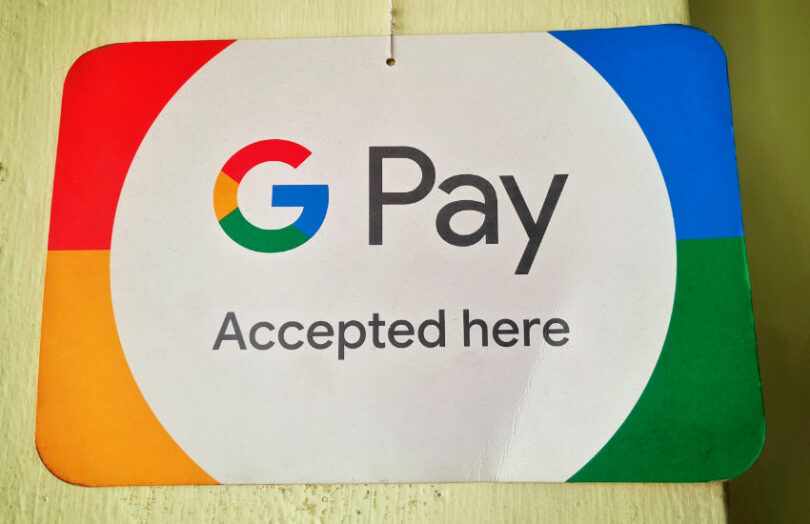Yesterday the BIS Innovation Hub published a design guide for offline central bank digital currencies (offline CBDC) as part of Project Polaris. It involved a dozen vendors presenting their solutions to several central banks. One of the solution providers was Google, although the BIS document does not discuss Google’s offering.
Google Pay wallets already support offline transactions, both for card based payments and in India for UPI payments. It allows a limited number of offline transactions before an internet connection is required. In India, it’s not just customers that can be offline. It also supports offline merchants.
Offline payments are perceived as riskier. Online transactions can be verified and checked for money laundering and double spending, whereas offline ones can’t. One option is to use secure smart cards similar to prepaid cards for offline CBDC. Another is requiring smartphones to connect to the internet occasionally.
Google Pay’s offline CBDC advantage
Many CBDC solutions will struggle to gain traction. By piggybacking on top of Google Pay’s large user base, central banks reduce the friction of consumer adoption. Additionally, because offline CBDC solutions are new, most offerings are not battle tested. If Google integrates with a CBDC, a big chunk of the technology is already proven, making it a low risk option.
As the BIS paper highlights, each country will have different objectives. For example, in India some people might not have regular internet access, hence the advantage of an offline CBDC. Google Pay is widely used in India and already integrated with UPI, so it might be a sensible option there.
Offline CBDC for cash-like anonymity
In contrast, some advanced economies such as Europe are primarily interested in offline CBDC as a digital cash-like option providing anonymity for smaller transactions. Given Google’s data driven business models, that might conflict with Europe’s offline objectives.
Additionally, one of Europe’s strategic motivations for the digital euro is to reduce payment reliance on foreign providers such as Visa and Mastercard. So would it be interested in Google Pay? That depends on whether Google Pay is the only offline CBDC path or one of many.
Central banks are also wary of BigTech involvement in finance. Regulators blocked Facebook’s Diem stablecoin, but that was a private digital currency perceived as a direct threat to central bank power. Nonetheless, central banks might be reluctant to rely on technology from a BigTech. They’re naturally wary of encouraging monopolies or oligopolies. Some commercial banks are already too big to fail. Central banks don’t want to risk that on the technology front. On the other hand, given all payment systems have network effects, that’s almost unavoidable.






